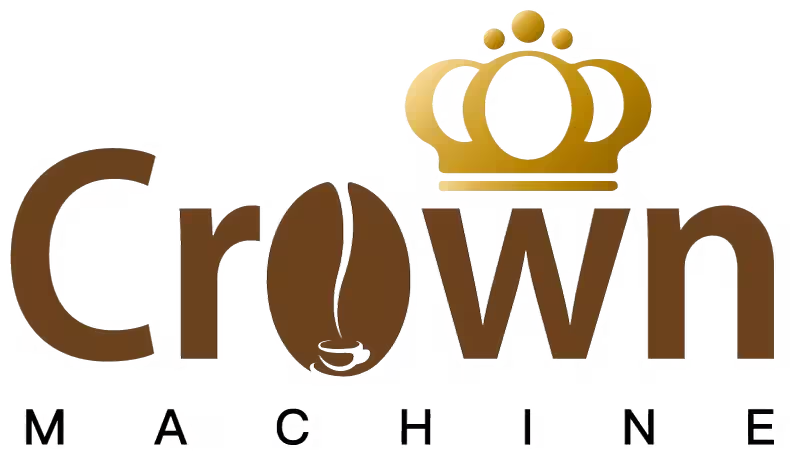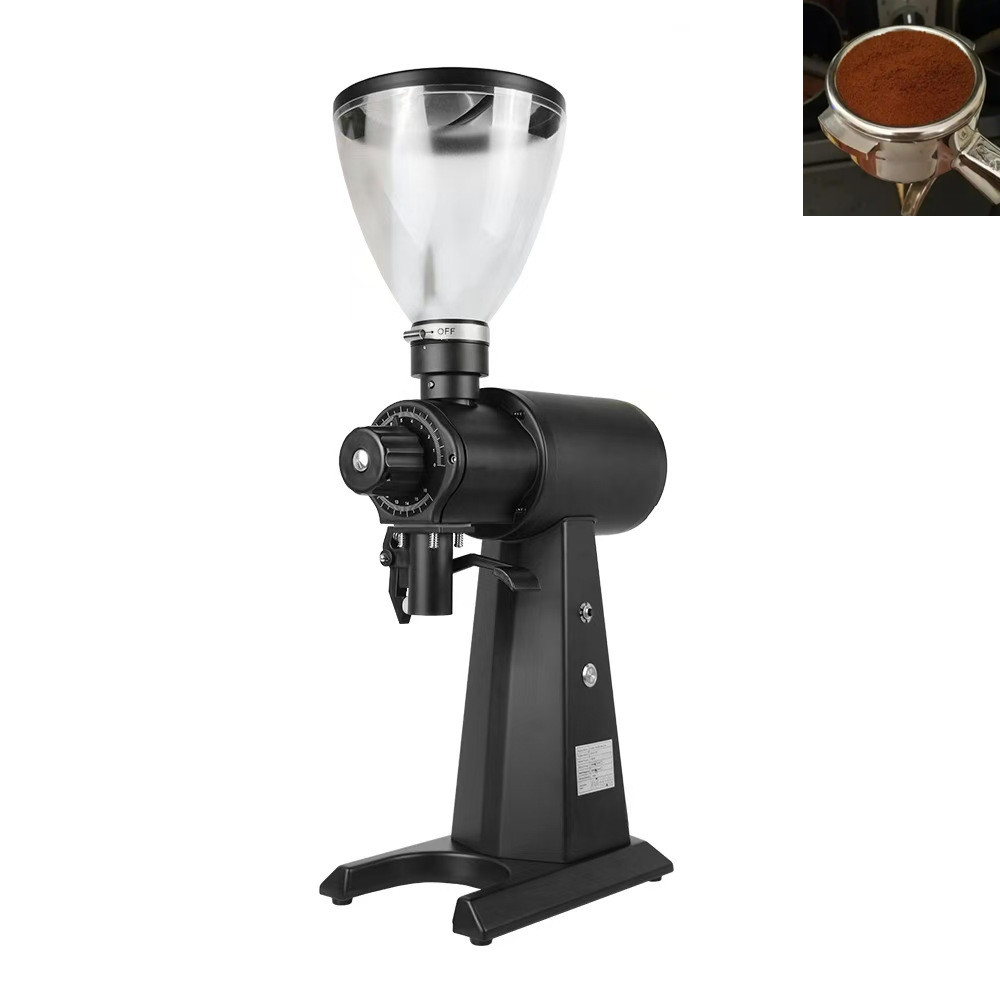A Comprehensive Analysis of the Cleaning Process for Coffee Grinders
(Based on professional equipment maintenance standards and users’ practical operation requirements
——————————————————————————–
First, core preparations before cleaning
1. Safety regulations
Power-off/locking: For electric grinding machines, the power plug must be unplugged. For hand-cranked grinding machines, the cutter head needs to be locked (for example, rotate the locking ring to the “LOCK” position).
Tool list:
Basic tools: Soft-bristled brush (made of pig bristle/nylon), air blower (ear cleaning ball or compressed air canister), microfiber cloth.
Deep cleaning: Food-grade cleaning powder (such as Urnex Grindz), screwdriver (detachable models only), tweezers (for picking up fine residual powder).
——————————————————————————–
Second, the step-by-step cleaning process
Daily Cleaning (5-minute Quick version)
Objective: Remove surface residual powder to prevent cross-contamination of odors and channel blockage.
Step:
Dismantle the powder silo
Rotate the powder bin counterclockwise or press the snap to remove it, and then pour out the residual powder (a screen can be used to separate the coarse and fine powder).
Clean the powder outlet:
Aim the air at the powder outlet and blow out the residual powder in the channel in a “Z” shaped trajectory (avoid blowing vertically downward to prevent the powder from backwashing).
Scrub the surface of the cutter head:
Use a soft-bristled brush to clean in a spiral shape along the gaps between the cutting teeth, avoiding scratches from hard objects (the hardness of the cutting disc is HRC55-60, which is prone to leaving scratches).
Wipe the shell:
Dip a microfiber cloth in 70% alcohol and wipe the outer shell, with a focus on cleaning the powder collection area and the area around the adjustment knob.
2. Deep Cleaning (20-minute Professional Version)
Objective: Dissolve oil stains, eliminate static adsorption, and restore grinding accuracy.
Step:
Disassemble the core components:
Electric grinding machine: Refer to the manual to remove the upper cutter head (for some models, the fixing screws need to be loosened, and the torque should be controlled at 1.2-1.5N·m).
Hand-cranked grinding machine: Unscrew the fixing nut, remove the cutter head and the central shaft (note to record the initial installation position to avoid affecting the uniformity of grinding).
Clean the cutter head and the central axis:
Soaking method: Immerse the cutter head and the central axis in warm water (≤50℃), add 1 tablespoon of food-grade cleaning powder, let it stand for 10 minutes, and then gently brush off stubborn oil stains with a soft-bristled brush.
Ultrasonic cleaning: Commercial models can be used in conjunction with ultrasonic cleaning machines (frequency 40kHz, temperature 40℃) to remove micron-sized powder residue.
Clean the powder silo and channels:
Washable components: Transparent powder silos, anti-static inner linings and other components should be rinsed with neutral detergent and air-dried naturally (drying machines are not allowed).
Non-washable parts: For the motor compartment and circuit board area, dust should be removed by blowing air and using a microfiber cloth to prevent liquid intrusion.
Eliminate static electricity
Spray anti-static spray (such as 3M ES2020) on plastic/metal parts, or dry the inner walls immediately after wiping them with a damp cloth.
Assembly and Calibration
Assemble in reverse by disassembling, grind 10g of cleaning powder (such as rice or special cleaning particles) to verify the smooth operation, and adjust the grinding degree to the initial position.
——————————————————————————–
Third, the verification standards after cleaning
Visual inspection
There is no visible coffee powder residue on the tooth surface of the cutter head, no brown oil stains on the inner wall of the powder bin, and no blockage at the powder outlet.
Tactile verification
There is no lag when rotating the adjustment knob, and the concentricity deviation of the cutter head after installation is ≤0.05mm (detected by a dial indicator).
Grinding test
Grind 10g of coffee powder and sieve it through 20-mesh and 60-mesh screens. The fluctuation range of the proportion of fine powder should be ≤±2% (compared with the data before cleaning).
——————————————————————————–
Fourth, Common Misunderstandings and Tips for Avoiding Pitfalls
Error 1: Wipe the cutter head with a damp cloth
Risk: The high-carbon steel cutter head is prone to rust when exposed to water, resulting in a decrease in hardness (for every 1 point reduction in HRC value, the lifespan is shortened by 20%).
The correct approach: After cleaning the cutter head, immediately dry it with a hot air blower (60℃) or place it in a drying oven for 2 hours.
Error 2: Using detergent to clean the motor compartment
Risk: Liquid seeping into the circuit board may cause a short circuit, and the repair cost will exceed 50% of the equipment value.
The correct approach is to only use air blowing for dust removal in the motor compartment. If necessary, wipe it locally with 99% isopropyl alcohol.
Error 3: Neglecting anti-static treatment
Risk: Electrostatic adsorption leads to a 30% increase in the amount of residual powder from a single grinding and a 15% increase in the flavor contamination rate.
The correct approach is to spray anti-static agents on plastic parts every quarter or replace them with new parts coated with graphene.
——————————————————————————–
Fifth, data on the correlation between cleanliness and flavor
The influence of cleanliness on flavor:
Experimental data: After continuously grinding 1kg of deep-roasted beans with an uncleaned grinder, compared with the same batch of beans ground after deep cleaning, the ESPRESSO extraction rate decreased by 5.3%, and the sensitivity of the sour texture decreased by 27%.
The influence of static electricity on grinding uniformity:
Test result: For the grinding machine without anti-static treatment, the proportion of medium powder fluctuated within ±8%, while after treatment, the fluctuation range narrowed to ±3%.
——————————————————————————–
Summary: The core logic of the cleaning process
Layer-by-layer cleaning: surface residual powder → channel blockage → oil stains on the cutter head → static electricity residue, delving deeper layer by layer.
Tool matching: Select tools based on the structure of the model (such as magnetic brushes for quick-release tool heads and long-handled brushes for fixed tool heads).
Data verification: The cleaning effect is confirmed through quantitative methods such as sieve screening and concentricity detection.
Ultimate suggestion: Establish a “Grinding Machine Cleaning Log” to record each cleaning time, tools, problems and improvement measures. This can extend the equipment’s lifespan by 3 to 5 years and increase flavor consistency by more than 40%.


